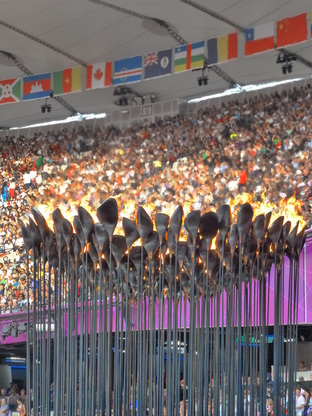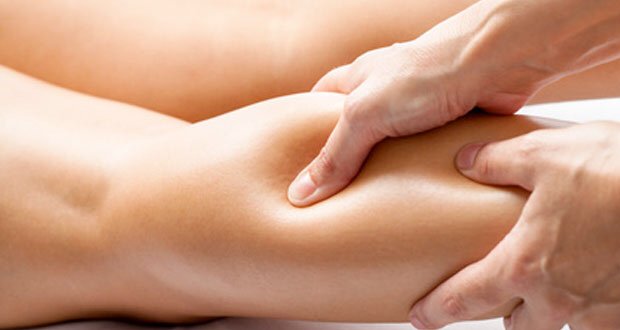Sports Massage
Whether
you are an elite athlete or a sedentary person just starting some sort of
physical activity, regular 'Sports' massage can help you remain injury free.
Sports massage techniques do not differ from those used in Remedial or deep tissue massage however it is the way these techniques are applied which makes it a sports massage. In Sports Massage we take into consideration - The type of sport or activity the client is involved in, and place focus on the areas typical of myofascial strain specific to that sport or activity. - The results of functional assessments where we identify the soft tissue structures that are not functioning optimally, (the soft tissue may be short, long, or weak) - The training phase the client is in, whether they have just competed / completed a heavy training session, or about to. - If the client has been injured, which healing phase is their body in. (There are specific techniques that are not appropriate for an acute injury) Once the therapist has taken the above four points into consideration they will then choose appropriate massage techniques for the treatment with the aim of getting the clients Myofascial system to function optimally. The techniques used may include Myofascial release, trigger point treatment, Swedish massage, stretching, active/passive release, lymphatic drainage, dry needling or accupressure. There are three specific times an athlete may consider getting a sports massage Maintanance massage - is where a regular massage session is scheduled into the clients training schedule. If this is done regularly enough the client has a great chance of remaining injury free. Post event Massage - helps the body recover from an event or heavy training. Post event massage typically happens between an hour to one day post event, and is typically light but firm flushing stokes. Injury specific massage - if the client has the misfortune of becoming injured, this massage is specific to the injury they present with. Depending on the injury and how long they have had it a series of two to three treatments within two to three weeks is often required to treat the injury, and the underlying tension patterns which may have originally caused the injury |
|

